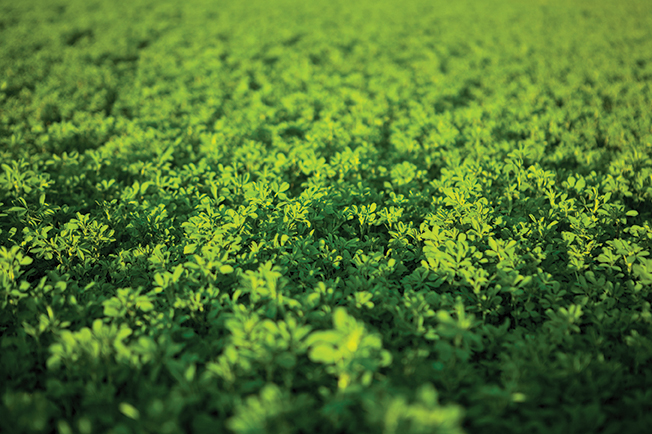© 2025, Nutrien Ag Solutions, Inc

Cover crops provide many benefits including reducing erosion, improving soil, competing with weeds, enhancing nutrient and moisture availability and helping control pests. At the same time, they can reduce costs and increase profits.
A growing number of farmers are looking at the long-term contributions of cover crops to their whole farm system. Some of the most successful have seen the benefits and are committed to making cover crops work for them. They are re-tooling their cropping systems to better fit cover crop growth patterns, rather than squeezing cover crops into their existing system.
Here are some important ways to evaluate the economic and ecological aspects of cover crops. These significant benefits vary by location and season, but at least two or three usually occur with any cover crop.
- Cut fertilizer costs
- Reduce the need for herbicides and other pesticides
- Improve yields by enhancing soil health
- Prevent soil erosion
- Conserve soil moisture
- Protect water quality
- Option for grazing, swath grazing, silage or greenfeed
- Evaluate a cover crop’s impact as you would any other crop, balancing costs against returns in all forms. Don’t limit your calculations to the target cover crop benefit as a cover crop often has several benefits. Many cover crops offer harvest possibilities as forage, grazing or seed that work well in systems with multiple crops and livestock.
Management practices
It’s important to note there is an element of risk when your feed source contains higher levels of nitrates/prussic acid. Nitrates accumulate in plant leaves and in very high concentrations may cause livestock death. This problem is largely caused by high soil nitrate levels following prolonged dry conditions being quickly taken up with rapid growth following rainfall or irrigation. Testing is the only way to determine the nitrate level in your feed.
Selecting cover crops
To find a suitable cover crop or mix of cover crops, consider the following:
- Clarify your primary needs
- Identify the best time and place for a cover crop in your system
- Test a few options
